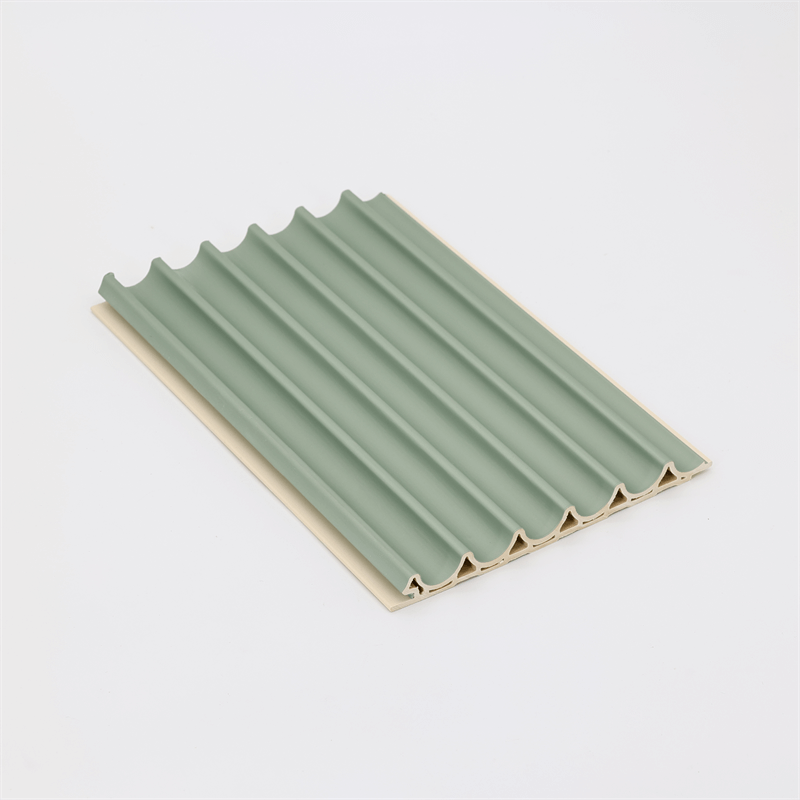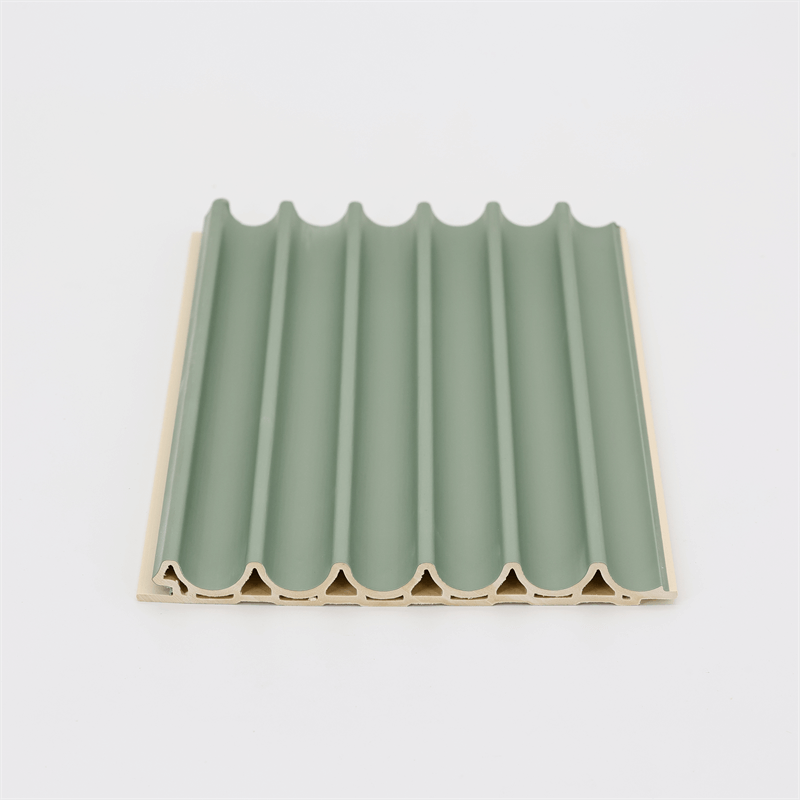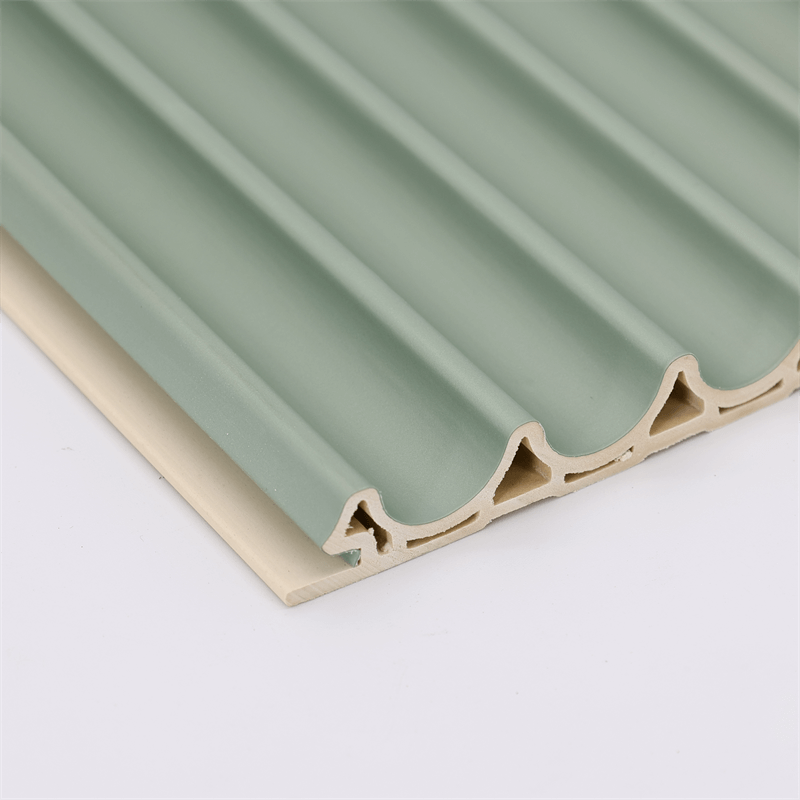
In the world of modern architecture, aesthetics and durability are two fundamental aspects that architects and designers strive to achieve in their projects.
The quest for eco-friendly and visually appealing building materials has led to the emergence of Wood-Plastic Composite (WPC) sandwich panels as a game-changer in the construction industry.
These panels offer a unique fusion of natural beauty and exceptional durability, making them an attractive choice for designing innovative and sustainable structures.
In this article, we will explore how WPC sandwich panels are redefining the design landscape, combining beauty and durability to create aesthetically pleasing buildings that stand the test of time.
WPC sandwich panels offer a compelling solution for architects and designers seeking to strike the perfect balance between beauty and durability in their projects.
These panels exhibit the charm of natural wood fibers, creating a warm and inviting ambiance in any space.
Additionally, the WPC core, combined with protective layers, endows the panels with exceptional strength and resistance to environmental factors, ensuring longevity and reduced maintenance.
As we delve into the versatility and design possibilities of WPC sandwich panels, it becomes evident that they are reshaping the architectural industry,
where beauty and durability unite to create visually stunning and long-lasting structures.
Aesthetic Appeal: Embracing Natural Beauty
One of the most captivating features of WPC sandwich panels is their aesthetic appeal, which is derived from the natural beauty of wood fibers.
The warm and organic texture of wood exudes a sense of sophistication and elegance, adding a timeless charm to any building design.
Whether used in interior spaces, exterior cladding, or decorative elements, WPC panels can elevate the overall visual appeal of a structure.
Moreover, WPC sandwich panels are available in a wide range of colors and finishes, allowing designers to unleash their creativity and achieve diverse design aesthetics.
From contemporary and minimalist to rustic and traditional, the versatility of WPC panels empowers architects to cater to diverse design preferences.

Design Flexibility: Customizing with Ease
WPC sandwich panels offer exceptional design flexibility, allowing architects and designers to customize panels to suit their specific project requirements.
These panels can be easily cut, shaped, and molded into various sizes and forms, enabling the creation of intricate designs and unique architectural features.
The ability to customize WPC panels extends to their surface finishes as well.
Panels can be embossed, textured, or coated with different materials to achieve desired appearances, making them adaptable to various design styles.
The versatility of WPC sandwich panels enables designers to turn their creative visions into reality, adding a touch of uniqueness to each project.
Sustainability in Design: A Green Choice
In addition to their aesthetic appeal, WPC sandwich panels also contribute to sustainable design practices.
By utilizing wood fibers from sustainable forestry and recycled plastics, these panels reduce the reliance on traditional materials that may have a higher environmental impact.
The use of recycled plastics further diverts plastic waste from landfills, aligning with eco-friendly principles and promoting circular economy practices.
The sustainability of WPC sandwich panels extends beyond their composition.
Due to their lightweight nature, these panels require less energy for transportation, leading to reduced carbon emissions during delivery.
By choosing WPC panels for their projects, architects and designers can make a conscious
effort to create environmentally responsible buildings that prioritize both beauty and sustainability.

Longevity and Low Maintenance: Ensuring Enduring Beauty
Beauty that stands the test of time is a key consideration in architectural design.
WPC sandwich panels excel in this aspect, as their composition imparts exceptional durability and resistance to environmental factors.
The WPC core and protective layers provide protection against moisture, UV radiation, pests, and decay, ensuring that buildings retain their beauty for years to come.
The longevity of WPC panels also translates to reduced maintenance requirements.
Unlike natural wood, which may require regular staining and sealing, WPC panels maintain their appearance with minimal upkeep.
This characteristic not only saves time and effort for building owners but also reduces the consumption of maintenance-related resources.
The union of beauty and durability in WPC sandwich panels has sparked a design revolution in the architectural industry.
These panels bring the charm of natural wood fibers together with exceptional strength and resistance to create visually stunning and long-lasting buildings.
The design flexibility and sustainability of WPC panels further enhance their appeal as a go-to choice for architects and designers seeking
to create environmentally responsible structures that stand out in their aesthetic appeal.
As the world continues to prioritize sustainable and visually appealing designs, WPC sandwich panels are poised to become an integral part of the architectural landscape.
Their ability to unite beauty and durability not only elevates the aesthetics of buildings but also contributes to the eco-friendly
revolution in the construction industry, where creativity and sustainability unite to shape the future of architecture.
